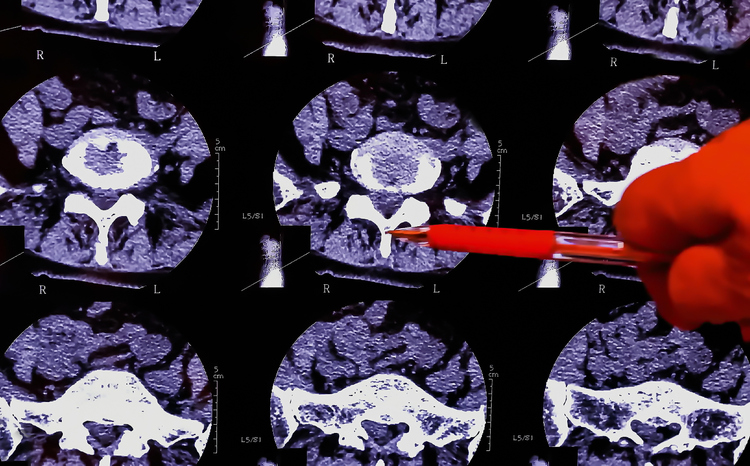Living with Chronic Pain
The Challenges Encountered During the Diagnostic Process of a Rare Disease

In the United States, a rare disease is one that affects fewer than 200,000 people. Approximately 7,000 rare diseases affect between 25 and 30 million people in America. For many individuals with a rare disease, receiving a diagnosis is a frustrating process that can take months or years. In some extremely rare cases, a diagnosis may never be made.
When a condition is rare, it can be difficult to find a physician who has seen more than one case of the condition or has even seen it at all. At first, physicians typically test for the most common condition that matches the symptoms, as this is the most effective approach in the majority of cases.
When it becomes apparent that a condition is not common, an individual may need to see numerous physicians or specialists and undergo many tests before a diagnosis is made. Not only is this process time-consuming, but it can also be financially challenging due to medical costs, travel expenses, and lost wages due to missed days at work.
Tips to consider
Tips to consider during the diagnostic process for a rare disease include the following:
- Keep complete copies of medical records and make them available to all members of the medical team. This ensures that everyone has current, relevant information.
- If possible, see a specialist at a major university hospital. These settings often provide collaboration between a variety of health care providers and specialists, the latest technology, and research opportunities that could help lead to a diagnosis.
- If possible, consult with a genetics professional. These professionals typically have experience with rare conditions.
- Consider participating in a research study or clinical trial. For more information, visit Undiagnosed Diseases Network or ClinicalTrials.gov.
- Contact advocacy groups for individuals with undiagnosed conditions, such as Syndromes Without a Name or the National Organization for Rare Disorders. These groups can provide information and support.
- Even without a diagnosis, continue attending regular appointments and follow-ups with physicians. Any health changes or new symptoms may assist with a diagnosis, and physicians may become aware of new information over time.



















